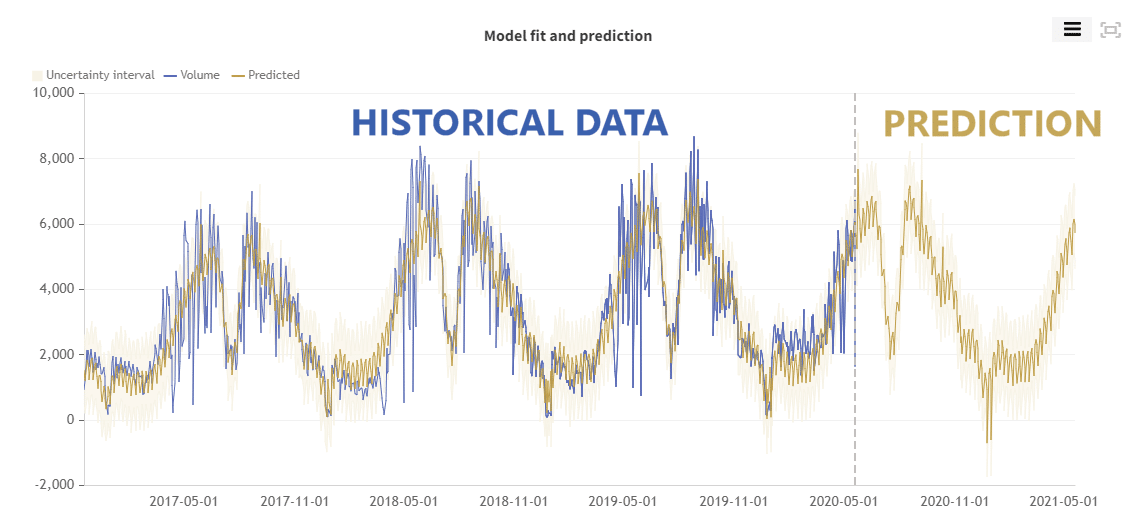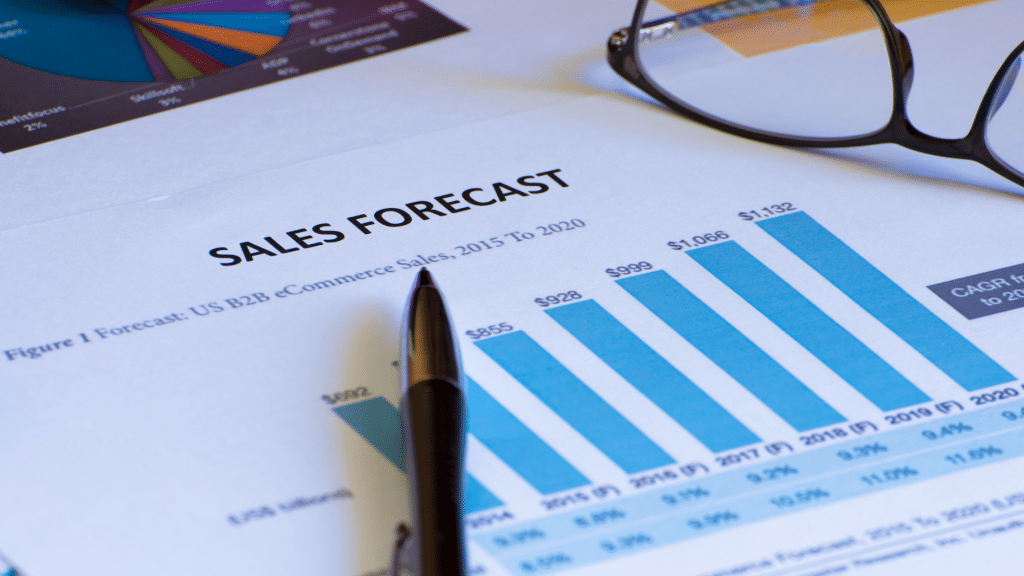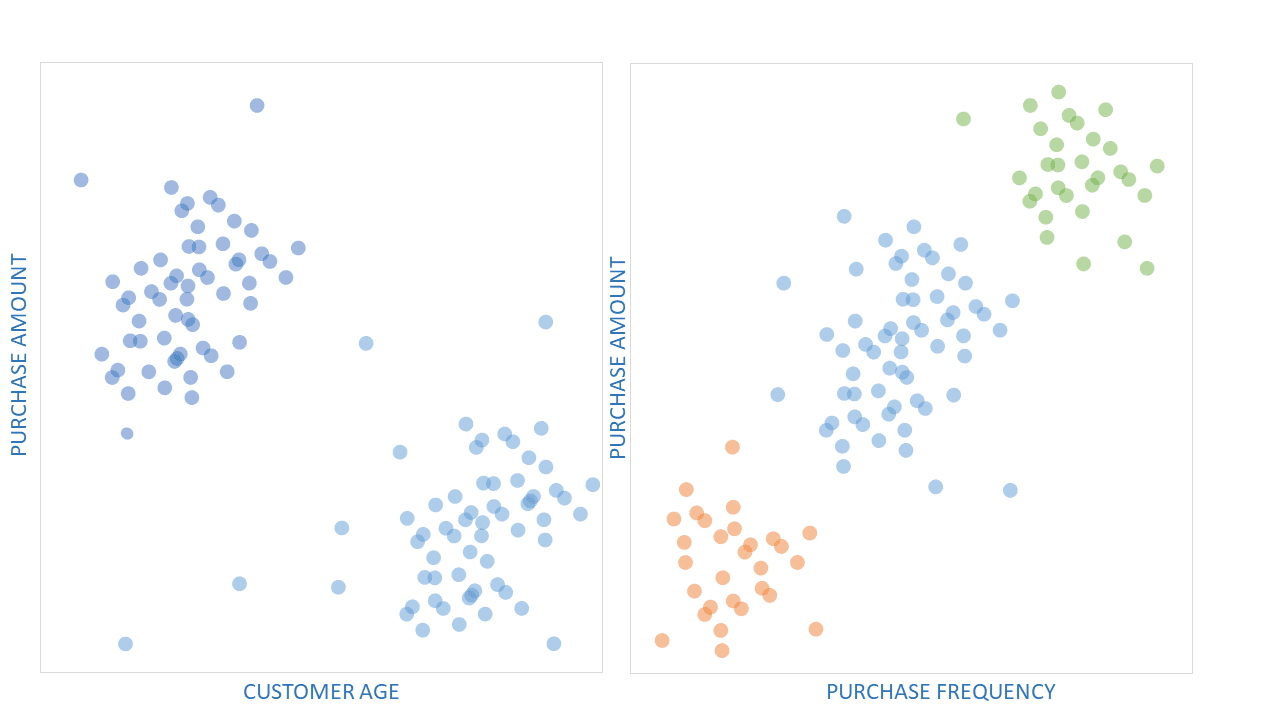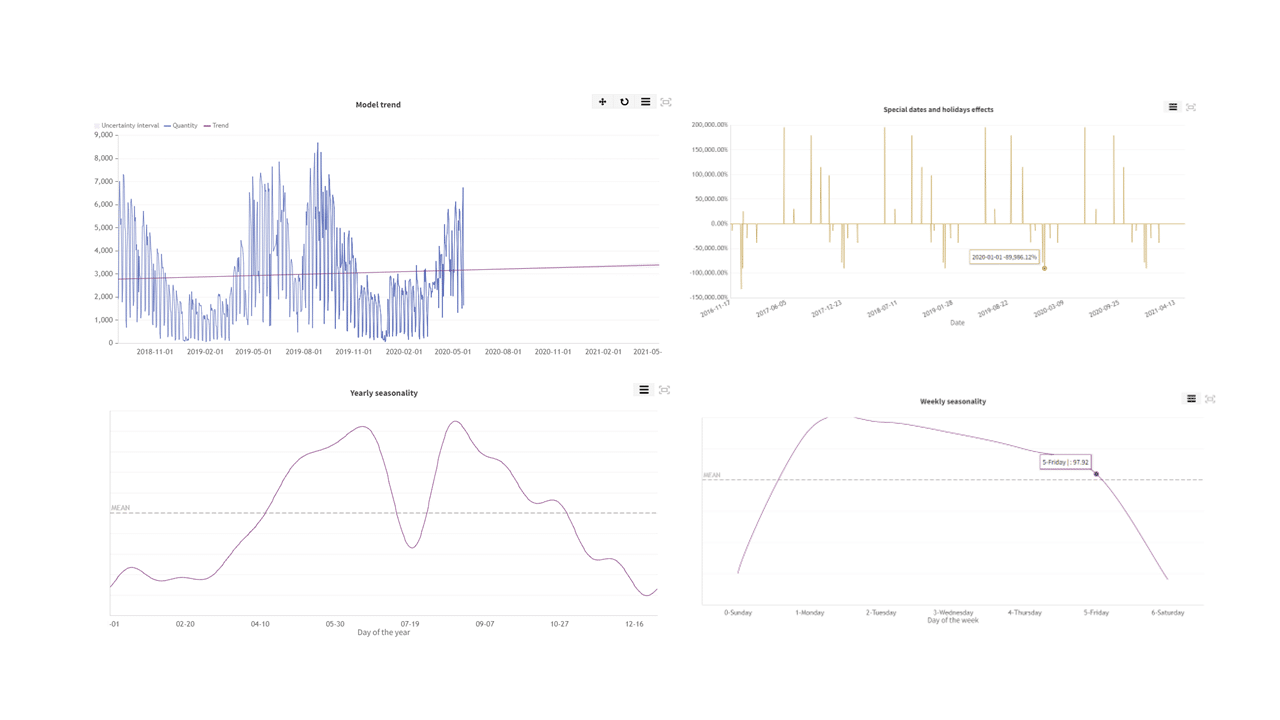Sales forecasting is a vital part of business planning and decision-making. An accurate sales forecast helps you predict future sales and optimize your marketing strategies. Many people find sales forecasting intimidating, especially without a data science background. You don’t need to be a data scientist to effectively forecast your business’ sales trends. This article breaks down the sales forecast process.
What is a Sales Forecast?
A sales forecast estimates future sales based on historical data, market trends, and other factors. Your sales forecast helps you set realistic goals, allocate resources efficiently, and make informed decisions.
The Importance of Sales Forecasting
Sales forecasting gives you a roadmap for success. Your sales forecast enables you to anticipate market demand, and identify potential opportunities and challenges. Your sales forecast helps you align your sales and marketing strategies. With a clear understanding of future sales trends, you can plan production, manage inventory, and optimize your pricing. Your sales forecasting plan helps you communicate effectively with stakeholders, giving them realistic projections and demonstrating your commitment to growth.
Key Concepts in Sales Forecasting
Here are some key terms to know about your sales forecast:
1. Sales Cycle: In your sales forecast, your sales cycle is the time it takes for a lead to convert into a customer. Understanding your average sales cycle will help you estimate the length of time between generating leads and closing deals.
2. Seasonality: Recurring patterns and fluctuations as reflected in your sales forecast are often linked to factors like holidays, weather, or industry-specific events. When analyzing past sales data, you can identify seasonal trends and adjust your sales forecast template.
3. Market Segmentation: Market segmentation occurs when you divide your target market into distinct groups based on characteristics. These may include demographics, behavior, or needs. When you understand the different segments within your market, you can tailor your sales strategies and forecasts to meet their specific needs and preferences. An effective sales forecast helps you understand your market segments.
4. Competitive Landscape: Accurate sales forecasting helps you grow your business in a competitive landscape. Analyze your competitors’ sales performance, market share, and pricing strategies. Stay aware of your competitors’ actions. That empowers you to identify opportunities to differentiate your products or services and capture a larger market share.
5. Technological Advancements: Data analytics and AI can help you generate accurate sales forecasts. These technologies can help you identify patterns, trends, and correlations that may not be easily apparent. Using an AI-power sales forecast template can help you predict expected sales. This enables you to make informed and data-driven decisions.
6. External Factors: External factors play a role in your sales forecasts and sales forecast assumptions.
Economic trends, government regulations, and changes in consumer behavior that can affect your sales forecast. Economic conditions can lead to unpredictable times that may affect your business growth rate. Monitor and analyze these factors, so you can adjust your viable sales forecast. Use your sales forecast template to create strategies that mitigate risk and enable you to capitalize on emerging opportunities.
7. Internal Factors: Your business plan may be excellent, but what happens when your sales team has to downsize? Catering for unpredictable times in your sales forecast is important. Internal factors could include a change in product lines, a shift in sales leaders, downsizing your sales team, sales teams, or cutting back on sales reps. Many of your marketing activities will be affected by changes within your business. You may even have issues with your supply chain during a certain time period. That would affect your average monthly sales and predictable revenue.
Tools and Techniques for Sales Forecasting
Sales forecasting is critical for business planning. Various methods and tools are available. Choose the sales forecasting template and approach that aligns with your business goals.
Traditional Sales Forecasting Methods
1. Historical Data Analysis: Historical data analysis is a traditional sales forecasting method that’s also used in more modern sales forecasting tools. Historical data analysis takes place when you analyze past sales figures to identify trends and patterns. This method is useful when historical sales data is available and reliable.
2. Expert Opinion: When you get expert opinion, you gather insights from industry experts, sales professionals, and key stakeholders. This sales forecasting method relies on the expertise of individuals who understand market dynamics and customer behavior.
Modern Sales Forecasting Tools
Modern sales forecasting tools simplify the process. An AI-powered sales forecast template can make your life much easier as a business owner. A modern sales forecast template and tools can help you overcome many sales forecasting challenges. These tools use data analytics and machine learning algorithms to generate accurate forecasts. Tools like Graphite Note offer no-code predictive and prescriptive analytics capabilities. Graphite Note makes sales forecasting accessible to everyone. These tools automate data analysis, saving time and effort, and provide actionable insights for strategic decision-making. Graphite Note makes it simple to predict your future sales revenue using data analytics.

Sales Forecasting Software
Sales forecasting software can integrate with your existing systems to provide real-time data analysis and visualization. Sales forecasting software can simplify the process of calculating your future sales revenue. These tools often support various sales forecasting methods. Forecasting models can include scenario analysis, what-if simulations, and opportunity stage forecasting. Using sales forecasting software can speed up your forecasting process and help you identify sales goals. Sales forecasting software helps you overcome many sales forecasting challenges over a sales period. You can create a monthly sales forecast, track sales pipeline progress, your sales run rate, and adjust your strategies based on accurate sales forecasts.
The Role of Intuition in Sales Forecasting
While data-driven approaches are essential, intuition also plays a significant role. Experienced sales professionals often rely on their intuition to complement quantitative data for a sales period. Intuition helps spot trends, identify emerging opportunities, and adapt quickly to market changes during a sales process. Within your sales teams, intuitive forecasting can augment your strategies in many ways. Consider your sales operations team as an important part of your sales forecasting process. Intuitive forecasting is often linked to historical forecasting, which can reflect in your sales funnel statistics. It’s a good idea to keep intuition as part of your sales forecasting process. Don’t forget to capture these insights somewhere, in Google Sheets, or similar, so you can share and collaborate with your team.
Balancing Data with Gut Feelings
You need to find the right balance between data-driven insights and gut feelings. Intuition can be valuable in situations where data is limited or ambiguous. Combining data analysis with intuition provides a comprehensive understanding of the market.
Improving Your Sales Intuition
To enhance your sales forecasting abilities:
– Stay updated on industry trends and news.
– Attend conferences and industry events for insights and networking.
– Engage in continuous learning through books, courses, or workshops.
Overcoming Common Challenges in Sales Forecasting
Sales forecasting comes with challenges. Here’s how to navigate some common hurdles:
Dealing with Uncertainty and Variability
Businesses operate in a dynamic environment, and uncertainty is a constant factor. Sales forecasting becomes particularly challenging when faced with unpredictable market conditions and fluctuating customer demands. To overcome this challenge, use multiple forecasting methods and scenarios. One approach is to consider best-case and worst-case scenarios. Analyze the potential outcomes of different situations, so you can gain a better understanding of the range of possibilities and make more informed decisions. Track market trends and stay updated on industry news so you can anticipate changes and adjust your forecasts.
Another strategy is to embrace flexibility and adaptability. Recognize that forecasts are not set in stone. Be prepared to adjust them as new information becomes available. Regularly review and update your forecasts based on real-time data, customer feedback, and changes in market conditions. Stay agile, so you can respond effectively to uncertainties and minimize the effect on your business.
Lack of Historical Data
For new businesses or those entering a new market, forecasting may seem daunting owing to the lack of historical data. Without past sales figures to rely on, it can be challenging to make accurate predictions. There are strategies you can employ to overcome this hurdle. One approach is to look for industry benchmarks and data from similar businesses. Analyze the performance of companies in your industry. This can give you valuable insights into market trends and customer preferences. Studying sales patterns and identifying commonalities, so you can make informed estimates for your own business.
Using external data sources can help compensate for the lack of historical data. Market research reports, industry studies, and customer surveys can provide valuable information about market size, consumer behavior, and emerging trends. Gather and analyze this data to gain a better understanding of your target market and make more accurate forecasts. Consider conducting pilot tests or small-scale experiments to gather initial sales data. Launch a limited version of your product or service and monitor its performance. That way, you can collect valuable insights that can inform your forecasts.
Tips for Effective Sales Forecasting Without a Data Science Background
Finally, let’s explore some tips to help you excel in sales forecasting, even if you don’t have a data science background.
1. Use Your Sales Experience: Your experience in sales is a valuable asset. Tap into your knowledge of customer behavior, market dynamics, and industry-specific trends to inform your forecasts. Combine your field experience with data-driven insights. This way, you can create more accurate and realistic sales projections.
2. Continual Learning and Improvement in Sales Forecasting: Sales forecasting is a skill that can always be improved. Stay updated on the latest sales techniques, industry trends, and technological advancements. Embrace a growth mindset and invest time in learning about new tools and methodologies. Constantly seek out knowledge and expand your skill set. You’ll become a more effective sales forecaster.Sales forecasting can be intimidating, but with a solid understanding of the basics, the right tools and techniques, and a balanced approach that incorporates intuition, you can navigate this task successfully. Sales forecasting is both an art and a science. Use your experience, adopt new technologies like Graphite Note, and continuously improve your skills. You’ll be well-equipped to anticipate market demand and make informed business decisions.






